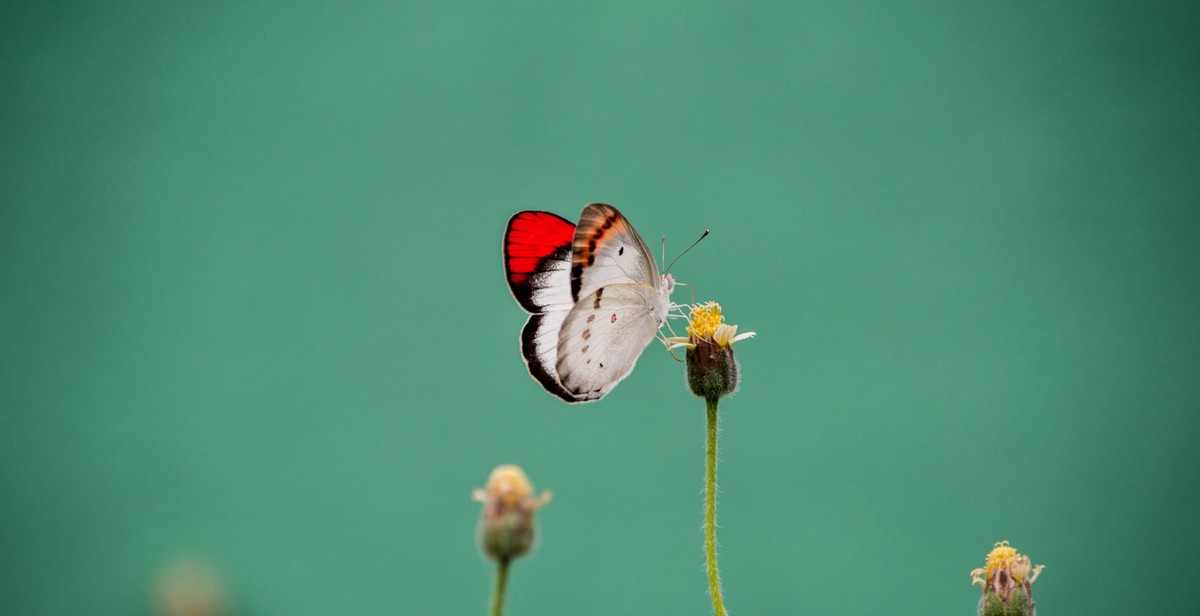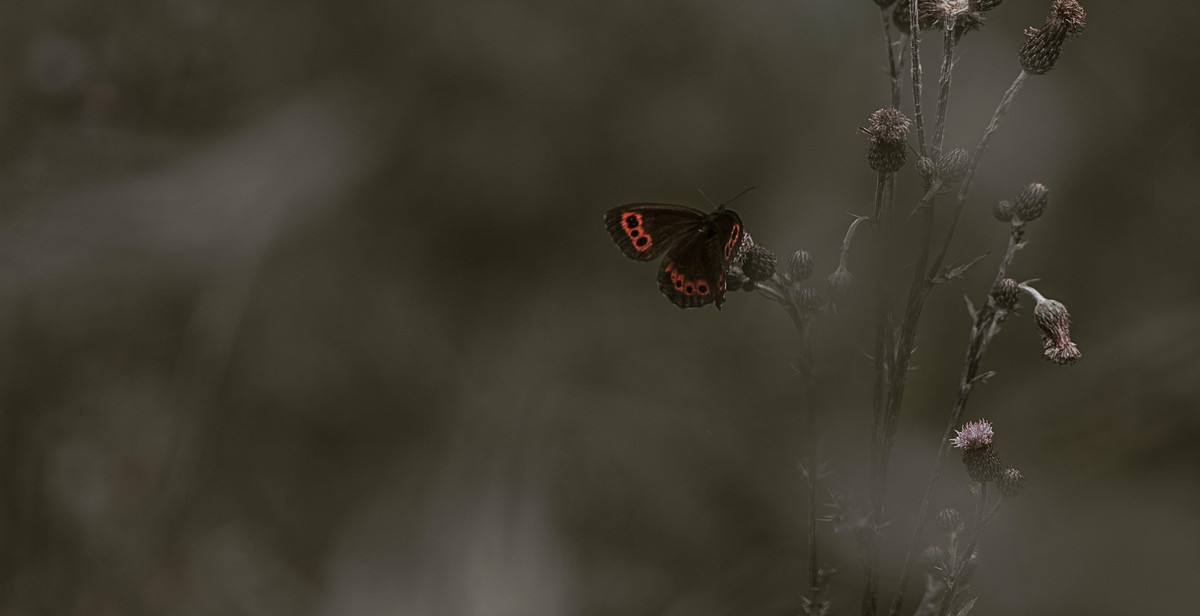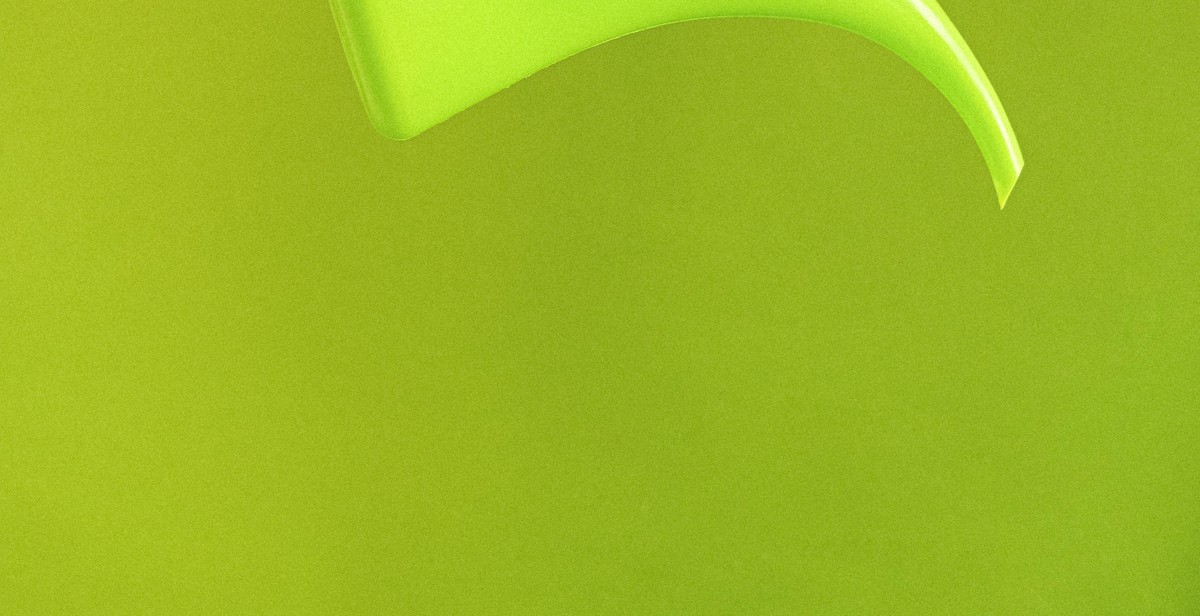How to Attract Butterflies to Your Garden: Planting Strategies and Butterfly-friendly Flowers
Butterflies are not only beautiful creatures but also essential pollinators in our ecosystem. Having them in your garden doesn’t just add to the aesthetic appeal but also helps to maintain biodiversity. If you’re wondering how to attract butterflies to your garden, there are various planting strategies and butterfly-friendly flowers that you can incorporate into your garden.
Planting Strategies for Attracting Butterflies
The first step in attracting butterflies to your garden is to create a welcoming environment for them. Here are some planting strategies that you can incorporate:
- Plant native plants that butterflies are familiar with
- Provide a variety of host plants for butterfly larvae to feed on
- Include plants with different heights to create a diverse habitat
- Plant in sunny areas as butterflies love warmth and light
- Provide a water source such as a shallow dish or birdbath
Butterfly-friendly Flowers
Butterflies are attracted to flowers that are rich in nectar and are brightly colored. Here are some of the best butterfly-friendly flowers to include in your garden:
| Flower | Butterfly Attracted |
|---|---|
| Buddleia | Monarch, Painted Lady, Swallowtail |
| Verbena | Silver-spotted skipper, Buckeye, Eastern-tailed Blue |
| Zinnia | Black Swallowtail, Painted Lady, Monarch |
| Coneflower | Great Spangled Fritillary, Eastern Tiger Swallowtail, Monarch |
By incorporating these planting strategies and butterfly-friendly flowers into your garden, you’ll be sure to attract a variety of butterflies and create a beautiful and environmentally friendly space.

Why Attract Butterflies to Your Garden?
Butterflies are not only beautiful creatures to behold but also play a crucial role in pollination and biodiversity. By attracting butterflies to your garden, you are creating a habitat that supports the growth and reproduction of plants, animals, and insects.
Pollination
Butterflies are one of the primary pollinators of flowering plants. As they move from flower to flower, they transfer pollen, allowing plants to produce fruit and seeds. Without pollinators like butterflies, many plants would not be able to reproduce. This, in turn, would have a significant impact on the food chain and ecosystem.
Butterflies are also important pollinators for crops, including fruits, vegetables, and nuts. By attracting butterflies to your garden, you are not only supporting the local ecosystem but also contributing to the production of food.
Biodiversity
Butterflies are a vital part of the ecosystem, and their presence can indicate a healthy and diverse habitat. As butterflies feed on nectar, they also serve as a food source for other animals, including birds and small mammals. By attracting butterflies to your garden, you are creating a diverse and healthy ecosystem that supports a wide range of wildlife.
Additionally, butterflies themselves are incredibly diverse, with over 20,000 species worldwide. By planting a variety of butterfly-friendly flowers in your garden, you are creating a habitat that can support a range of butterfly species.
Conclusion
Attracting butterflies to your garden is not only a beautiful addition to your outdoor space but also a crucial step in supporting the local ecosystem. By providing a habitat for butterflies, you are contributing to pollination, biodiversity, and the overall health of the ecosystem.

Plants That Attract Butterflies
If you want to attract butterflies to your garden, you need to plant the right types of plants. There are three main types of plants that are crucial for attracting butterflies: native plants, host plants, and nectar plants.
Native Plants
Native plants are plants that are indigenous to the area where you live. These plants are important because they provide food and shelter for local wildlife, including butterflies. When you plant native plants in your garden, you are creating a natural habitat that will attract butterflies and other pollinators.
Some examples of native plants that attract butterflies include:
- Milkweed
- Goldenrod
- Blazing star
- Purple coneflower
- Black-eyed Susan
Host Plants
Host plants are plants that butterflies lay their eggs on. When the eggs hatch, the caterpillars feed on the leaves of the host plant. Without host plants, there would be no butterflies. When you plant host plants in your garden, you are providing a place for butterflies to lay their eggs and for caterpillars to feed.
Some examples of host plants that attract butterflies include:
- Milkweed
- Parsley
- Dill
- Fennel
- Hollyhocks
Nectar Plants
Nectar plants are plants that provide food for adult butterflies. These plants have flowers that produce nectar, which is a sugary liquid that butterflies feed on. When you plant nectar plants in your garden, you are providing a source of food for adult butterflies.
Some examples of nectar plants that attract butterflies include:
- Butterfly bush
- Zinnias
- Lavender
- Cosmos
- Marigolds
| Plant Type | Examples |
|---|---|
| Native Plants | Milkweed, Goldenrod, Blazing star, Purple coneflower, Black-eyed Susan |
| Host Plants | Milkweed, Parsley, Dill, Fennel, Hollyhocks |
| Nectar Plants | Butterfly bush, Zinnias, Lavender, Cosmos, Marigolds |

Butterfly Garden Design
When designing a butterfly garden, it’s important to keep in mind the needs of the butterflies. Here are some key elements to include:
Sun and Shade
Butterflies need both sun and shade to thrive. Make sure to include a mix of sunny and shady areas in your garden. This can be achieved by planting trees or placing shade-loving plants under taller plants.
Water Source
Butterflies also need a source of water. This can be a shallow dish filled with water or a small pond. Make sure to keep the water fresh and clean to prevent the spread of disease.
Butterfly Houses and Feeders
Butterfly houses and feeders can also be added to your garden to provide a safe haven for butterflies. Butterfly houses provide a place for butterflies to rest and lay their eggs, while feeders provide a source of food.
When choosing plants for your butterfly garden, it’s important to choose varieties that are native to your area. Native plants provide the best habitat for local butterflies and are more likely to attract them to your garden.
Here are some butterfly-friendly flowers to consider:
- Milkweed
- Butterfly weed
- Purple coneflower
- Black-eyed Susan
- Liatris
- Joe-pye weed
By including these elements in your butterfly garden design and planting butterfly-friendly flowers, you can attract a variety of butterflies to your garden and provide them with a safe and welcoming habitat.

Maintenance Tips
Pruning and Deadheading
Pruning and deadheading are important tasks when it comes to maintaining a butterfly-friendly garden. Pruning involves cutting back overgrown or damaged branches, while deadheading involves removing spent flowers. Both tasks help to promote the growth of new flowers and keep the garden looking neat and tidy.
When pruning, it’s important to use sharp and clean tools to avoid damaging the plant. Cut back the branches to just above a bud or leaf. Deadheading can be done by simply pinching off the spent flowers at the base of the stem. This will encourage the plant to produce more blooms.
Pesticides and Herbicides
Avoid using pesticides and herbicides in your butterfly garden, as they can be harmful to both butterflies and other beneficial insects. Instead, opt for natural pest control methods such as companion planting, which involves planting certain plants together to repel pests.
You can also use organic pest control products such as neem oil, which is derived from the neem tree and is an effective natural insecticide. If you do need to use chemical pesticides or herbicides, make sure to follow the instructions carefully and apply them only to the affected areas.
| Do’s | Don’ts |
|---|---|
|
|

Conclusion
Gardening can be a very rewarding experience, especially when you attract beautiful butterflies to your garden. By following the planting strategies and butterfly-friendly flower suggestions mentioned in this article, you can easily create a welcoming environment for these winged creatures. Remember to plant a diverse range of flowers and provide a source of water and shelter for the butterflies.
It is also important to consider the specific needs of the butterfly species in your area. Research which plants are native to your region and which butterflies they attract. This will not only benefit the butterflies but also help to maintain a healthy ecosystem in your garden.
By planting butterfly-friendly flowers and creating a welcoming environment, you can not only enjoy the beauty of these creatures but also help to support their populations. So, go ahead and start your butterfly garden today!
| Benefits of attracting butterflies to your garden: |
|---|
| – Adds color and beauty to your garden |
| – Helps to maintain a healthy ecosystem |
| – Provides a source of food for birds and other wildlife |
| – Can be a fun and educational experience for children |
So, get ready to attract some beautiful butterflies to your garden and enjoy the rewards of your hard work!
